Calabria is a region of wonders and contrasts, boasting a history that stretches back millennia, breathtaking landscapes that'll make your jaw drop, and a culture deeply rooted in Mediterranean traditions.
Its strategic location, varied topography, and the bounty that still characterizes its generous lands have made it a bustling crossroads of civilizations and dominions over the centuries. From the Oenotrians and Itali in prehistoric times to the Greeks, Romans, Goths, Ostrogoths, Byzantines, Arabs, Swabians, Normans, Angevins, Aragonese, and Bourbons - talk about a melting pot!
This region is also renowned for its rich cultural and traditional heritage which, despite numerous foreign rules, has stood the test of time. It manifests in a number of religious and popular festivals.
From a gastronomic standpoint, Calabria is a land characterized by strong, authentic flavors that'll make your taste buds dance. Chili pepper, for instance, is a distinctive hallmark of the region's culinary tradition, spicing up delicious dishes like fileja - a type of pasta originating from Vibo Valentia, similar to Campanian fusilli - and used in the mould of a preservative in proper delicacies such as the Spilinga's 'nduja.
Wine production also finds fertile ground in the barren, unirrigated pastures of this wonderful land, with native vines such as Gaglioppo and Greco Bianco leading the way.
This, and much more, is what makes that of the "tip of the boot" a land capable of offering youa unique and memorable travel experience.
This is what drives us in planning this eighty-kilometre itinerary to discover five villages in the province of Vibo Valentia a harsh, rough, shy and yet extraordinarily irresistible Calabria.

Listen to the podcast version of the article with Monna Lisa's voice
The rural villages of Calabria: a journey through local delicacies and time-honored traditions
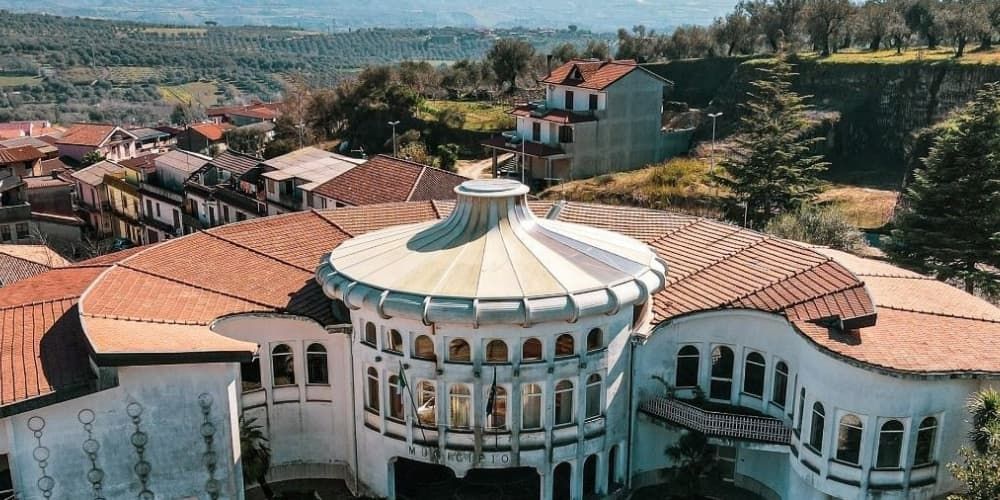
The itinerary we're about to propose, however, is not for the faint of heart.
"Why?" you might ask.
Well, we're about to take you off the beaten path, far from the azure, salty paradise that many flock to during the hottest season of the year.
Nevertheless, this is a Calabria that's seductive, alluring, and engaging. It'll intoxicate and beguile you with a gentle yet bewitching manner.
A rural Calabria, stern and bracing, yet warm, generous, and welcoming.
A Calabria that reveals itself, in all its glory, through the five villages starring in our marvelous itinerary. We'll dive headfirst into ancient traditions and typical products of one of Italy's most beautiful and fascinating regions: Spilinga with its 'nduja; Filogaso and its olive oil; Gerocarne and its ceramics; Jonadi with its fresh pasta; and Rombiolo with its cheeses.
All of them in the province of Vibo Valentia.
So, without further ado, hop aboard you car and get ready to discover some of the most beautiful rural villages in Calabria.
First stop - Spilinga and its 'nduja
Our first pit stop on this tour of Calabria's rural villages is Spilinga, known primarily for the production of the world-famous 'nduja. For the uninitiated, the name is pronounced with the semi-consonant 'j' as a voiced postalveolar fricative /ʒ/, like the 'j' at the beginning of "jour" in French.
This spicy salami with a soft consistency is prepared with minced fatty parts of pork, with the addition of chili pepper in a ratio of 70% meat to 30% chili pepper, plus some salt. It's stuffed into the blind gut (orba) and then smoked with resinous and aromatic woods - generally olive or black locust - in special rooms for about 10 days.
In the beginning, 'nduja was meant as a mode to preserve pork meat leftovers, making use of chili pepper in the mould of a natural preservative.
Nowadays, 'nduja is produced all over the region of Calabria, and yet, the village of Spilinga, in the ravishing provice of Vibo Valentia, is the considered nduja's homeland.
The debate about the origin of this salami is still raging today. Some say it was imported by the Spanish at the turn of the 16th century, along with chili peppers. Others champion the hypothesis that this salami may have been imported by the French during the 19th century. Legend has it that Joachim Murat had a French tripe-based salami distributed free of charge to curry favor with the Lazzari of the Neapolitan state.
Regardless of its uncertain paternity, 'nduja is synonymous with Calabria in much of the civilized world and, by extension, with that genuine Italianness that has little to do with the mechanisms of industry and large-scale distribution.
In spite of its popularity, 'nduja remains a product whose production can still boast the artisanal attribute, tightly bound to the local tradition.
For an authentic tasting experience of this fantastic product, you might consider visiting one of the many 'nduja shops scattered throughout the village, or rather, experiment at the stove by trying your hand at a real cooking class with the International Academy of Mediterranean Cuisine (Acim). Finally, you could coincide your visit to Spilinga with events such as the "Sagra della 'Nduja di Spilinga" which often takes place in August among the alleys of the village. It's a feast for the senses that you won't want to miss!
Second stop - Filogaso and its olive oil
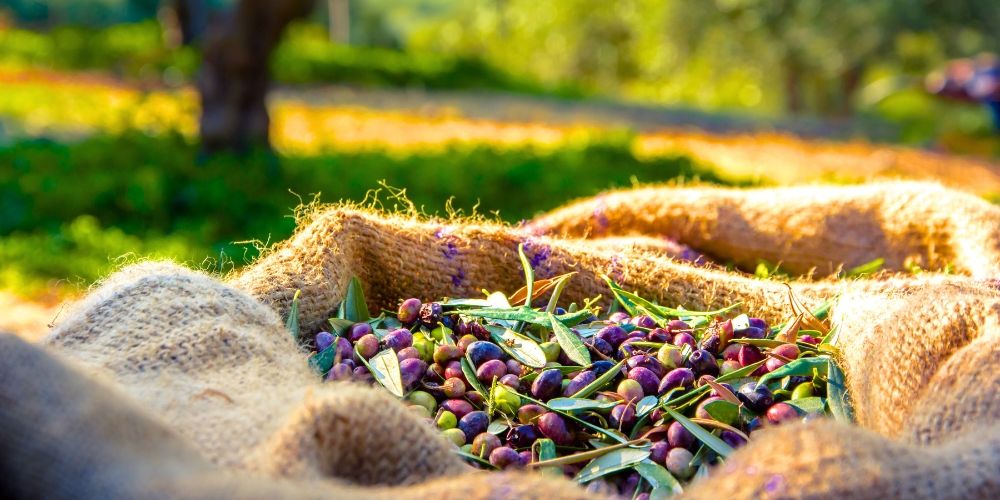
From Spilinga, aboard our car, we move on to the second stop of our tour discovering the rural villages of Calabria: Filogaso, about thirty-eight kilometres away from our first stop, east/north-east.
Filogaso is the typical Calabrian village where time seems to have stood still. It's the ideal place for those seeking a break from the hustle and bustle of big cities, enjoying a relaxing stroll through its cobbled streets and stone houses.
Perched atop a gentle, voluptuous hill, it offers breathtaking views of the surrounding countryside that'll make your heart skip a beat.
Perfect for those who love slow tourism, where you can breathe clean air and enjoy a more relaxed pace of life, Filogaso is famous above all for the production of olive oil, classified as PGI. It's produced from cultivars such as Tonda di Filogaso, Ottobratica, and Carolea, local varieties that are very resistant and suitable for the Calabrian climate.
In many Filogaso families, olive harvesting is still done by hand to preserve the quality and integrity of the fruit. This tradition then marries with the use of modern mills, where the olives are cold-pressed to obtain oil of the highest quality. It's a perfect blend of old-world charm and new-world technology.
It goes without saying that Filogaso oil is a key ingredient in the food and wine tradition of this fascinating village. It's used not only as a raw dressing for meat, fish, and side dishes - even just poured on a simple slice of bread - but also for food preservation and the preparation of some typical dishes such as fileja with 'nduja.
To fully understand the essence of this extraordinary tradition of extra virgin olive oil production, we recommend visiting one of the many local mills or farms - which often offer guided tours to discover this Calabrian excellence. Here, you can not only taste or buy oil but also take part in all the phases that make up its production.
Third stop - Gerocarne and its ceramics

It's time now to move on to the third stop of our itinerary discovering the rural villages of Calabria, about twenty-two kilometres away from the previous one, direction south: Gerocarne, a village known particularly for its ceramic craftsmanship.
Visiting this village and its local workshops allows you to discover a craft as ancient as it is extraordinarily fascinating. At the same time, you'll take a journey back in time through a tradition that seems to date back to the dawn of the 16th century. Talk about a blast from the past!
Perhaps one of the most interesting details of Gerocarne's ceramic production is that it has changed with the changing not only of seasons but also of time.
For example, until the 1970s, it was possible to distinguish two different types of production: that of the so-called 'jianchi', the whites, who worked exclusively with calcareous clay, grayish, ductile, and silky, which they extracted near the town; and that of 'i russi', the reds, who, instead, specialized in the production of pots and pans of various shapes and sizes, used non-calcareous clay, fatty and fire-resistant.
Then, with the advent of industrialization and the consequent invasion of the market by plastic or glass products, the production of the whites ceased altogether. The production of the reds held the reins of this long tradition which, fortunately, has managed to withstand the test of time to the present day, with results that are nothing short of unique and extraordinary. Talk about rolling with the punches!
Therefore, visiting one of the countless artisan workshops in the historic center of Gerocarne is, without a shadow of a doubt, a precious opportunity to pay respectful homage to this centuries-old tradition. It's a chance to get your hands dirty with history!
Fourth stop - Jonadi and its fresh pasta
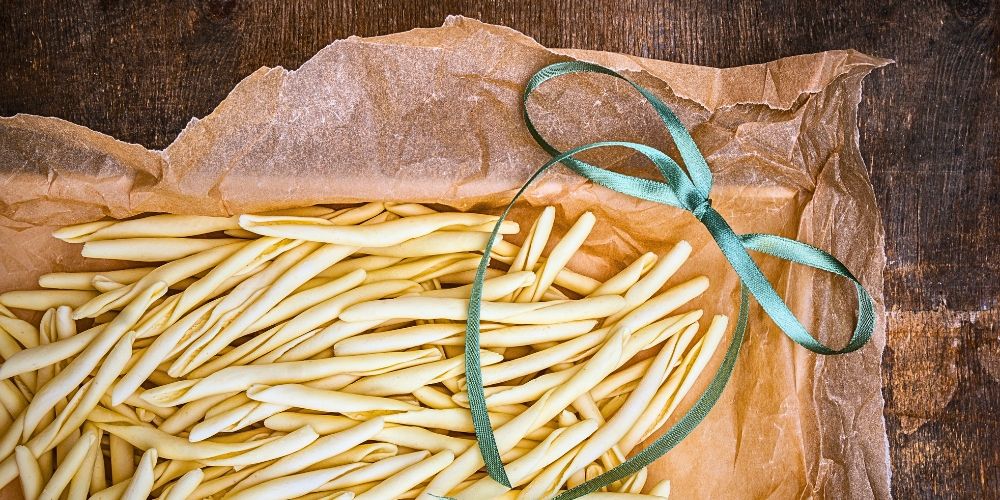
Now, let's get back on our car to move roughly fourteen kilometres, west/north-west towards the penultimate stop of our tour discovering the rural villages of Calabria: Jonadi.
A hilly village with just under five thousand inhabitants and surrounded by greenery, Jonadi is the perfect place for those looking for a spot to enjoy long walks in nature and bask in the temperate bliss of the Monte del Poro plateau.
The etymology of its name is debated between those who claim it refers to the ancient inhabitants of this area, the Ionians, and those who romantically trace it back to the violet fields that once extended luxuriantly around the inhabited center. Either way, it's got a ring to it!
This village, in addition to being famous for ceramic work - like Gerocarne - is also the perfect place to indulge in one of the activities we perhaps prefer to dedicate time to: the manual processing of pasta. This often translates into skeins of fileja, lagane, and ferretti macaroni, to be seasoned with meat sauce, tomato sauce, or rather with 'nduja.
Local pasta factories and restaurants, therefore, represent the chosen places where you can not only gather the threads of this ancient and fascinating tradition but also understand how it acts as a trigger for a whole series of customs, habits, and traditions that have made, make, and will make the village of Jonadi first, and all of Calabria then, a place without equal in which to live equally unique experiences.
The rural villages of Calabria - Fifth stop - Rombiolo and its cheeses
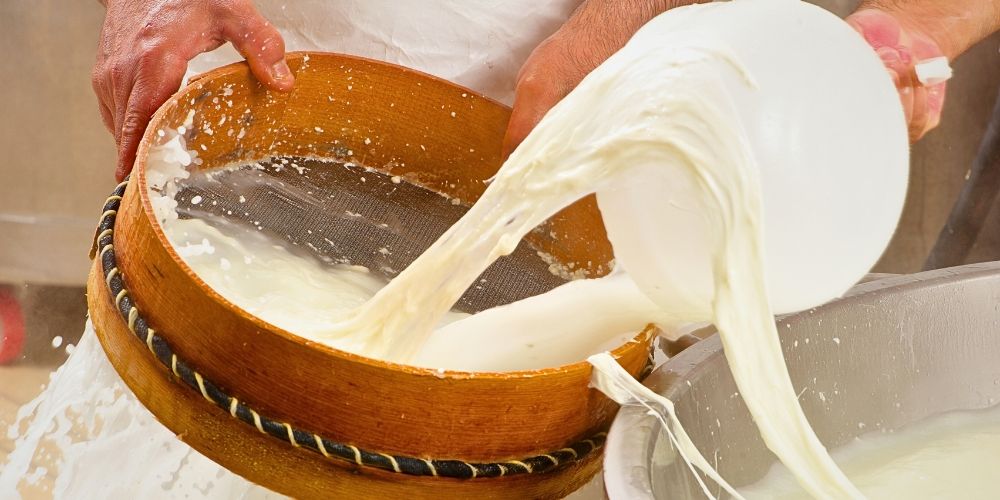
The last stop on our itinerary discovering the rural villages of Calabria is Rombiolo, a village renowned for its agricultural tradition and, in particular, for the production of artisanal cheeses, ten kilometres away from Jonadi, north/north-east.
As in many other areas of the Calabrian hinterland, sheep and goat farming plays a fundamental role in the local economy, and this is reflected in the production of high-quality cheeses, still made today respecting natural cycles and using eco-sustainable production techniques.
The cheese produced here is deeply rooted in local culinary habits and is consumed daily, as well as during holidays and special occasions. It's not just food: it's a way of life.
Among the most famous varieties of cheese produced in Rombiolo, we certainly find the Pecorino del Monte Poro, a certified PAT (Traditional Agri-food Products) cheese made with raw whole sheep's milk and rennet from lambs and/or kids fed exclusively with milk. This cheese, with its complex aromatic profile of wild flowers, Mediterranean scrub, and hay, can be enjoyed fresh (20/60 days), semi-aged (from 61 days to 6 months) or aged (from 6 to 24 months). Its production, which is rooted in a tradition that can be traced back to 1500, finds its strengths in the processing techniques and aging of the product, all done in respect of the over five-hundred-year-old tradition and nature.
Alongside Pecorino del Monte Poro, other cheeses will win over both your palate and your heart. We are talking about ricotta, prepared both in a fresh version, with a soft and creamy consistency, and in a smoked or salted version, to increase its preservation; goat cheese, produced from pure goat's milk, with a more delicate and slightly acidic flavor compared to pecorino, consumed fresh or aged; and finally butirro, a spun paste cheese with a heart of butter inside. It's a veritable cheese lover's paradise.
These cheeses are not only appreciated for their unique flavor, but they also embody the rich cultural and agricultural heritage of Calabria. Substantially, they're edible history.
The best way to appreciate these phenomenal products is to visit one of the dairies that directly handle the production of these cheeses. This way, you can acquire the knowledge that underlies the art of cheesemaking. Alternatively, you could head to one of the local district markets to get your hands directly on the finished product, fresh and ready to consume.
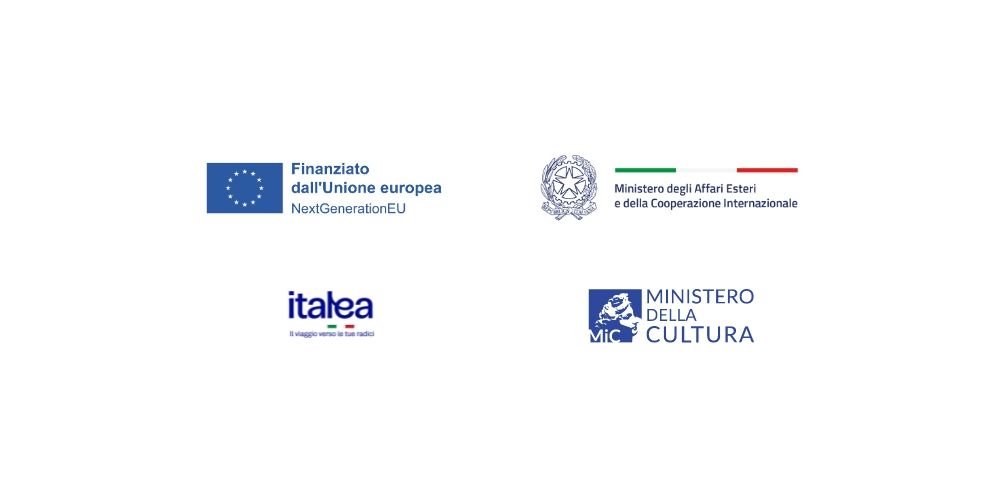
About the author
Written on 26/09/2024

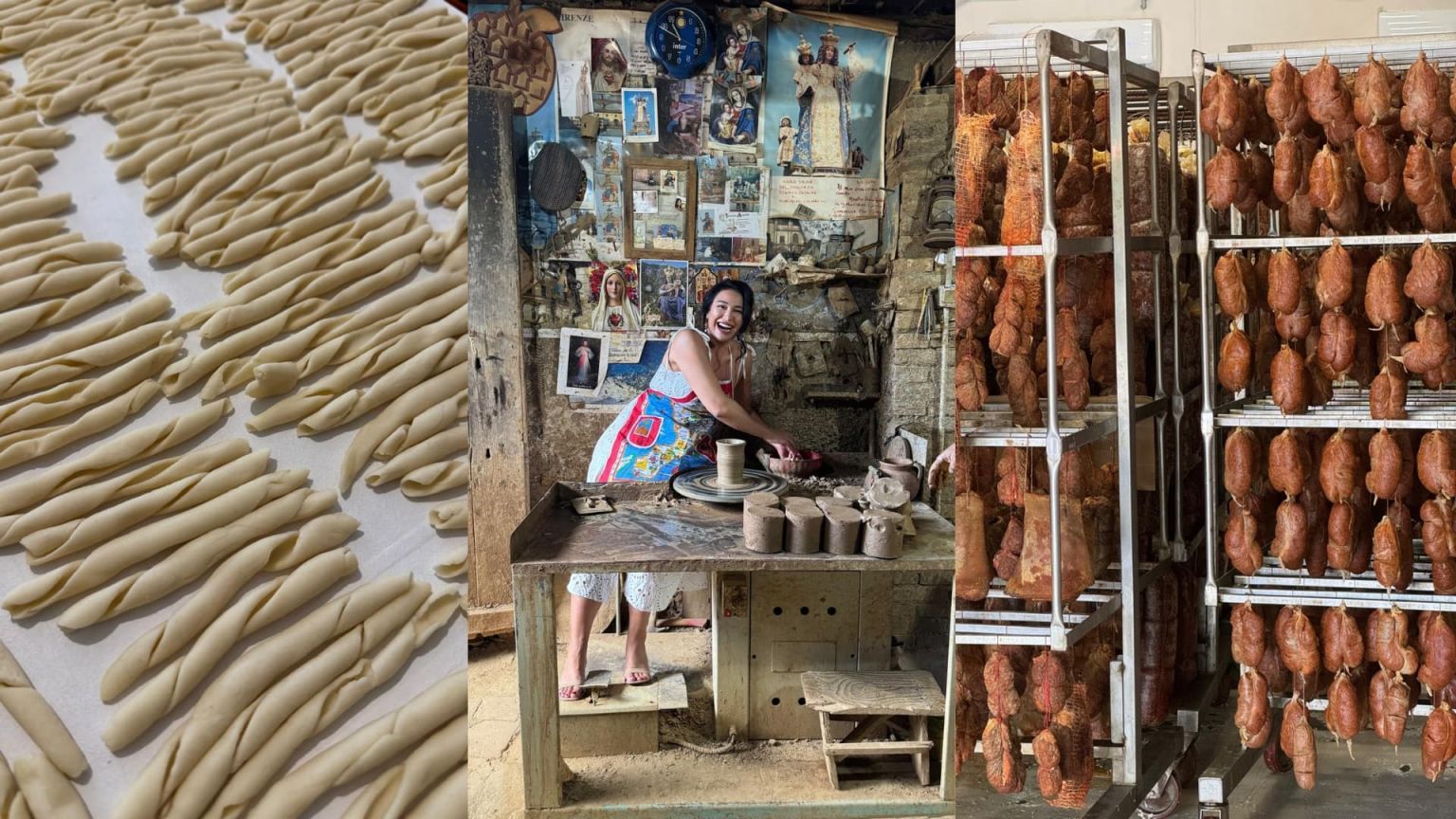

Gaetano Del Gaiso
Come and discover a rural Calabria, steeped in traditions, nature, and history. It's a path less traveled, but one rich in charm and authenticity.